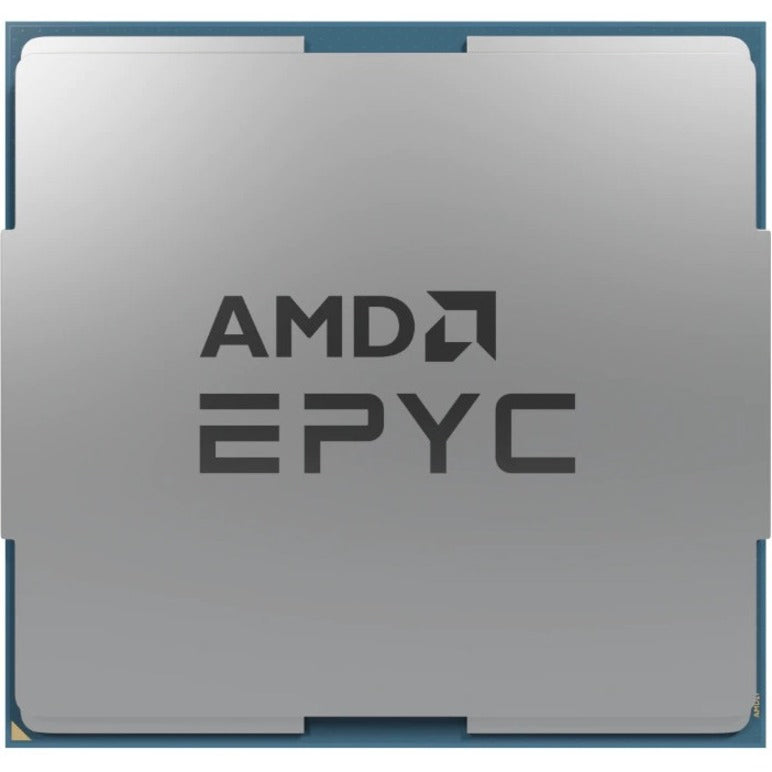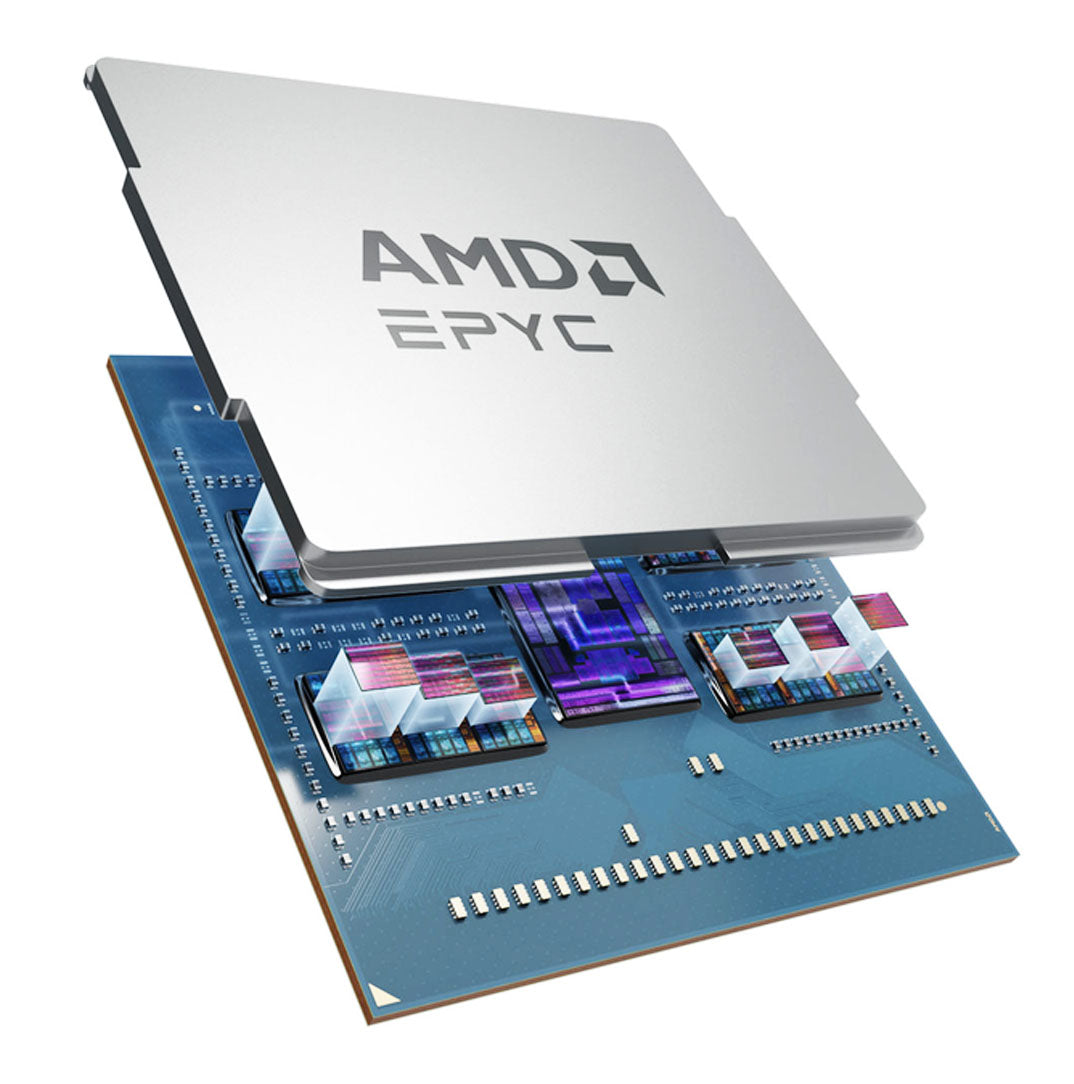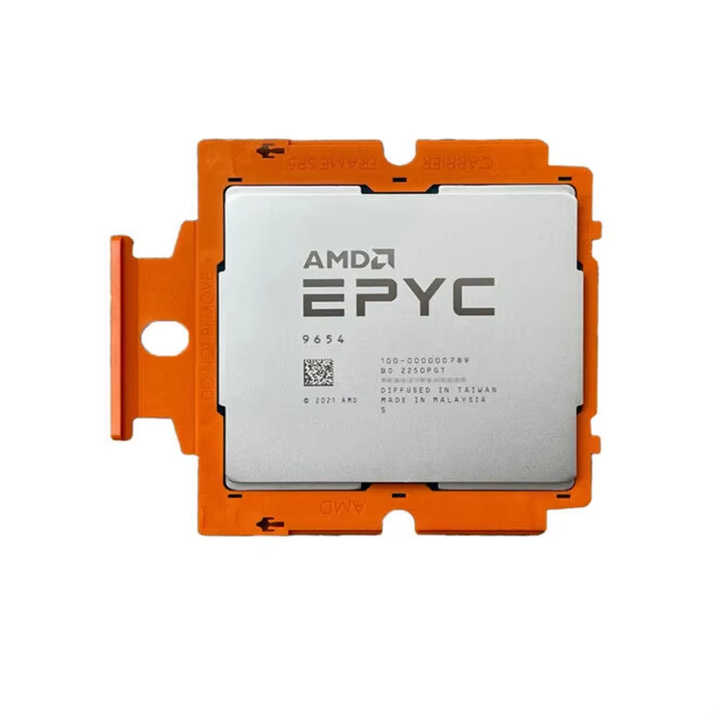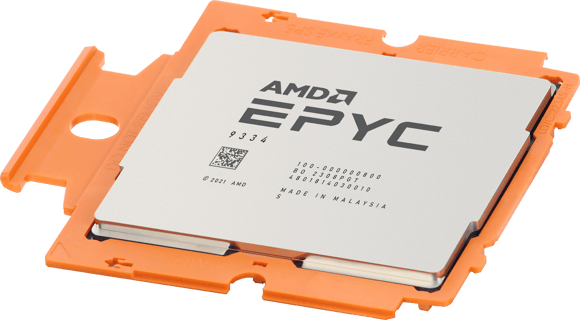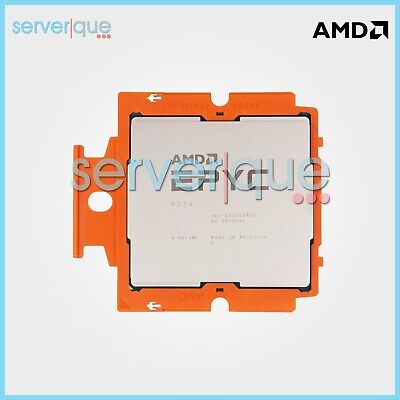| Processor Type | AMD EPYC |
| Model Number | 9334 |
| Platform | Server |
| Form Factor | Socket SP5 |
| Base Clock Speed | 2.7 GHz |
| Max Turbo Frequency | 3.9 GHz |
| Number of Cores | 32 |
| Number of Threads | 64 |
| L3 Cache Size | 128 MB |
| Thermal Design Power (TDP) | 210 Watt |
| Integrated Graphics | None |
AMD EPYC 9334 32-Core 2.7GHz Server Processor
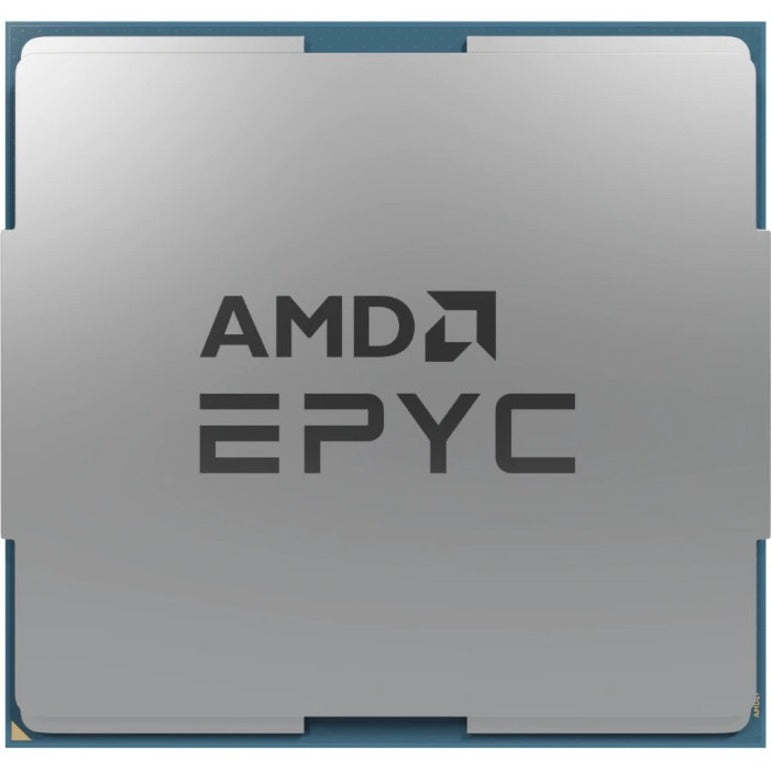
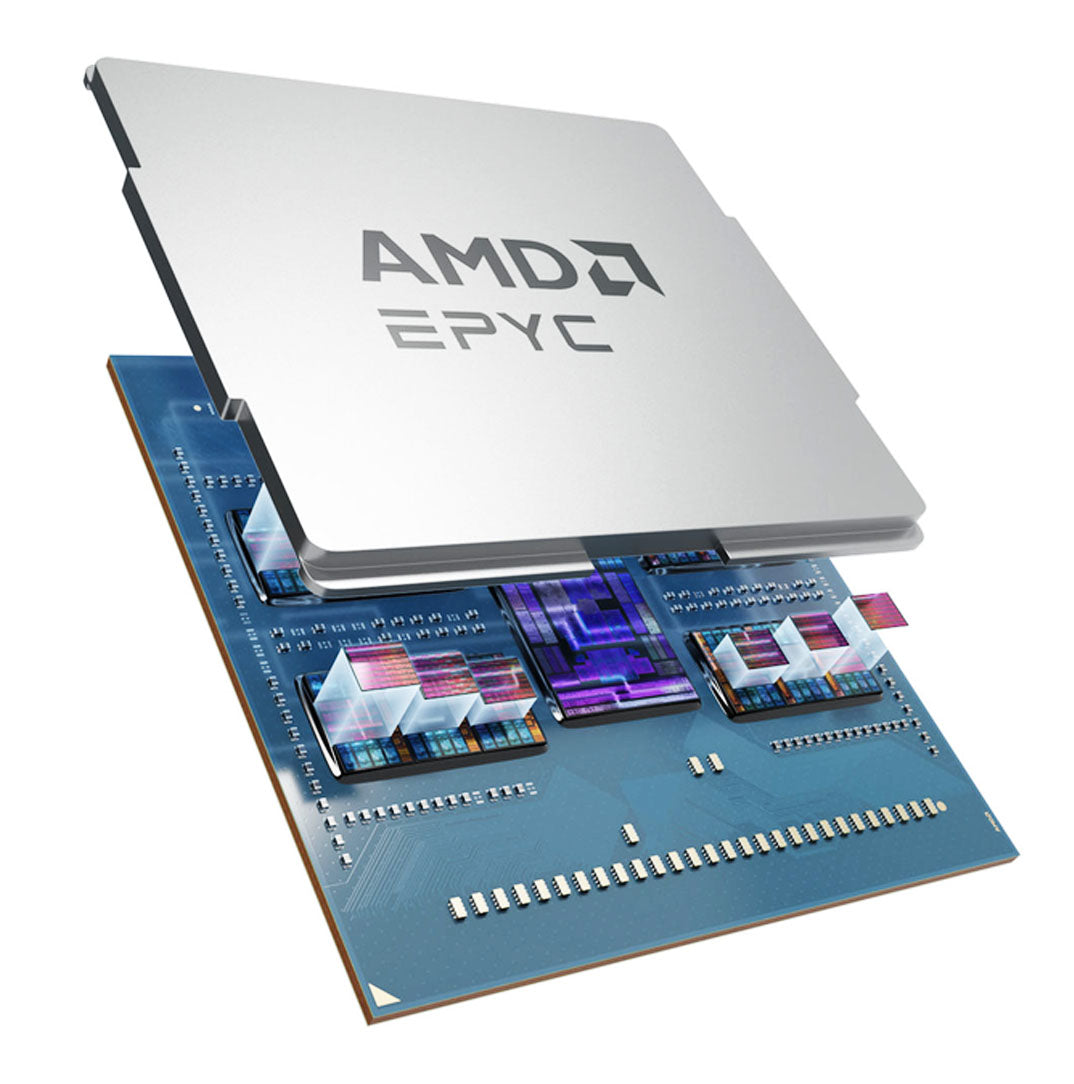
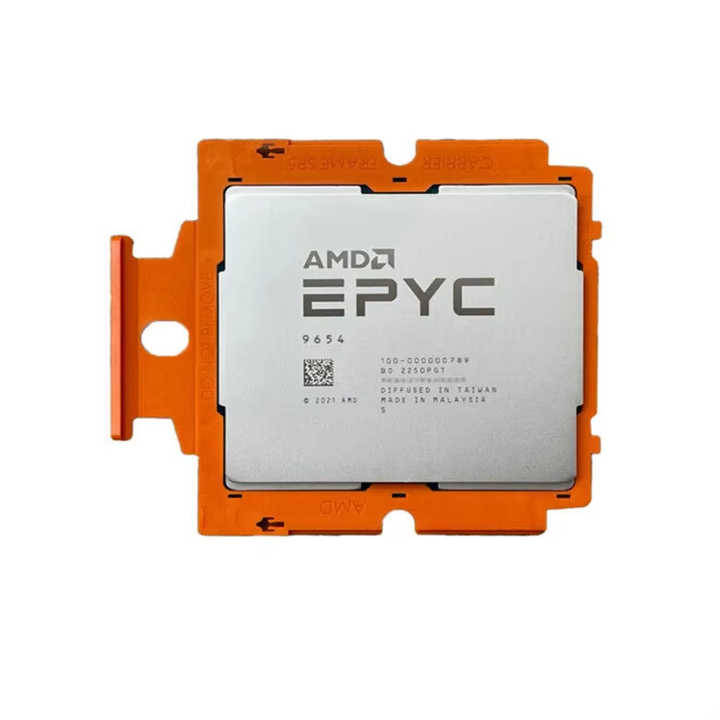
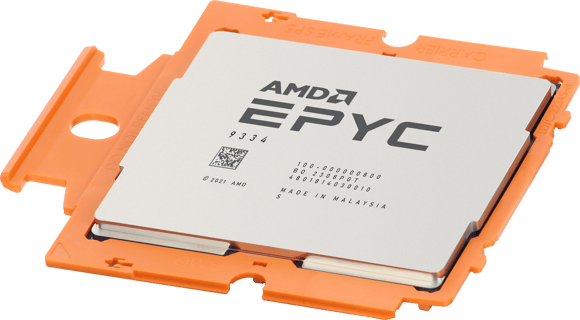
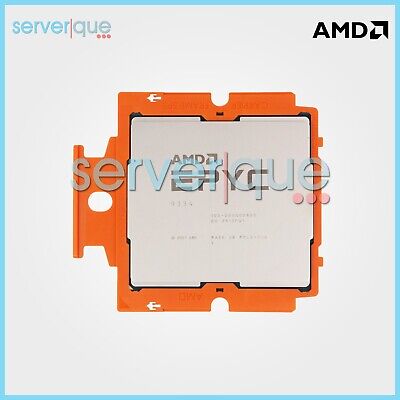
Key Benefits
AI-Powered Summaries from Online Customer Reviews
Eye-Insights™ are generated by proprietary AI that analyzes real online customer reviews to highlight top pros and key product features. While we aim for accuracy, insights are provided “as-is” and individual results may vary.
- High core and thread count (32C/64T) enables excellent performance in multi-threaded enterprise workloads
- Large 128 MB L3 cache and 12-channel DRAM support provide rapid data throughput ideal for server applications
- Optimized for compute-intensive tasks without unnecessary GPU, making it cost-effective for headless deployments
Product Overview
The AMD EPYC 9334 is a robust 32-core server processor designed to deliver exceptional performance for data-intensive applications. With a base clock speed of 2.7 GHz and a turbo frequency up to 3.9 GHz, it is well-suited for virtualization, high-performance computing (HPC), and large-scale database environments. Featuring 64 processing threads and a 128 MB L3 cache, this CPU supports high parallelism and quick data access to reduce latency under demanding workloads.
Utilizing the SP5 socket, this model supports a 210-watt thermal design power (TDP), indicating its availability for high-throughput systems that demand consistent uptime and speed. The inclusion of 12 memory channels compatible with DRAM further enhances memory bandwidth, making it ideal for scalable cloud infrastructure and enterprise-level applications. Lacking integrated graphics, the EPYC 9334 focuses entirely on compute performance and server-SKU operational reliability.
Though the processor is not TAA compliant and lacks onboard graphics, its core count, threading capability, and cache size position it as a compelling solution for businesses seeking efficient, high-capacity server compute power. Manufactured in Malaysia, the AMD EPYC 9334 continues AMD's legacy of developing competitive data center processors with optimal performance-per-watt returns.
Specifications
Product Overview
Memory Support
| Memory Type | DDR5 |
| Supported Memory Channels | 12 |
| Maximum Memory Speed | Up to 4800 MHz |
| ECC Support | Yes |
Compliance & Origin
| Country of Origin | Malaysia |
| TAA Compliant | No |
| RoHS Compliance | Yes |
| Environmental Standards | REACH, RoHS |
Advanced Security Features
| Secure Boot | Yes |
| AMD Infinity Guard | Yes |
| Secure Encrypted Virtualization (SEV) | Yes |
| Memory Encryption | Yes |
| Hardware Root of Trust | Yes |
| AMD Shadow Stack | Yes |
| Trusted Platform Module (TPM) Support | Yes (via platform) |
Interfaces
| Socket Type | SP5 |
| PCI Express Version | PCIe 5.0 |
| PCI Express Lanes | 128 |
Physical & Environmental
| Package Type | Retail (Tray or SP5 Package) |
| Operating Temperature Range | 10°C to 90°C |
| Maximum Operating Temperature (Tjmax) | 90°C |
| Humidity (Operating) | 15% – 85% non-condensing |
Cloud Management & Licensing
| Cloud-Optimized Design | Yes (EPYC 9004 series optimized for cloud performance) |
| Integrated Management Features | No (standard with platform integration) |

